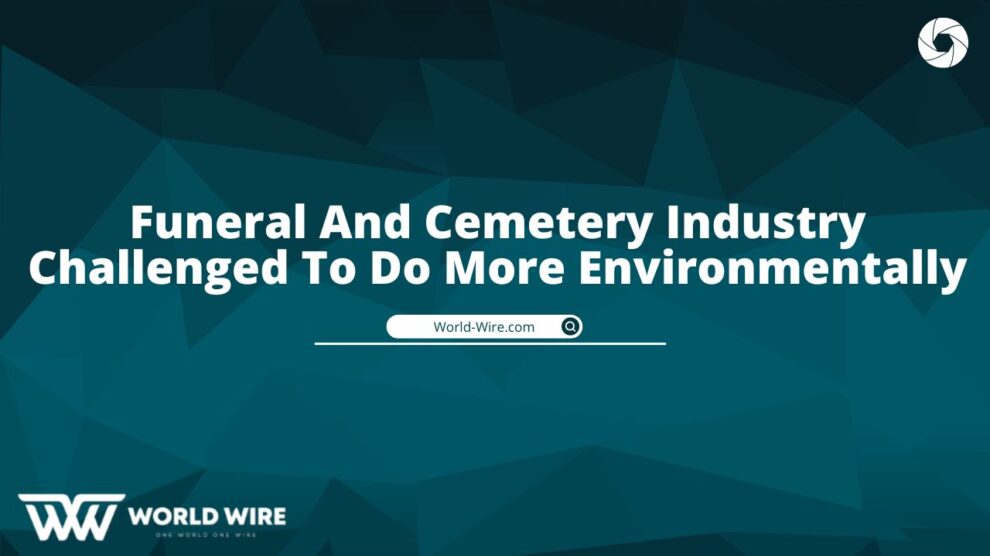The disposal of human remains has been approached from an international perspective by two colleagues.
There is a new website launched by John Cossham and Rory Rickwood of Nanaimo, British Columbia, Canada in which the authors identify problems and argue that society does not work hard enough to solve the issue of an imminent ecological disaster involving cremation and traditional burials, a relatively taboo subject. The new website, www.novaterium.com, provides information on green burial sites and green funeral services worldwide. The Latin word “nova” means “new”, and “cometerium” is a plot of ground for burying human remains, symbolizing the necessity to find new methods for disposing of human remains.
“We are not doing enough to reduce the risks of cremation and traditional burial”, Rickwood stated. As a challenge to the funeral and cemetery industry to provide environmentally sound services, we created Novaterium to expose the ecological issues facing us.
Worldwide, 54 million people die each year, and studies indicate cremation and traditional burial practice can damage the environment.
Approximately 70% of funerals in the UK are cremations, as church graveyards and urban cemeteries are running out of space, according to The New York Times in 1988. In the cremation process, the coffin with the body is incinerated with natural gas between 50 and 120 cubic meters. Crematoria are known to release other pollutants such as mercury from tooth fillings and surgical implants when incinerating implants. It has been estimated that cremation releases 400 kg of CO2 into the atmosphere.
As a consequence of the depth at which the corpse is buried, traditional burials create anaerobic conditions that result in methane decaying, another greenhouse gas, which creates an air pollution footprint. Furthermore, wooden caskets can be made from rainforest timber or reconstituted with glues and varnishes, polluting groundwater and contributing to crematory emissions.
Funeral and cemetery businesses are best positioned to transition to greener methods, according to Cossham. Cossham said that some greener alternatives are already available, but not widely used, and could help make funerals less polluting. The Novaterium website answers the question “What are the alternatives to traditional burial and cremation?”
We will keep the public updated on the progress of green funeral solutions through the Novaterium website, and we will continue to advocate for regulatory changes that will enable funeral homes and cemeteries to provide more eco-friendly services.







Add Comment